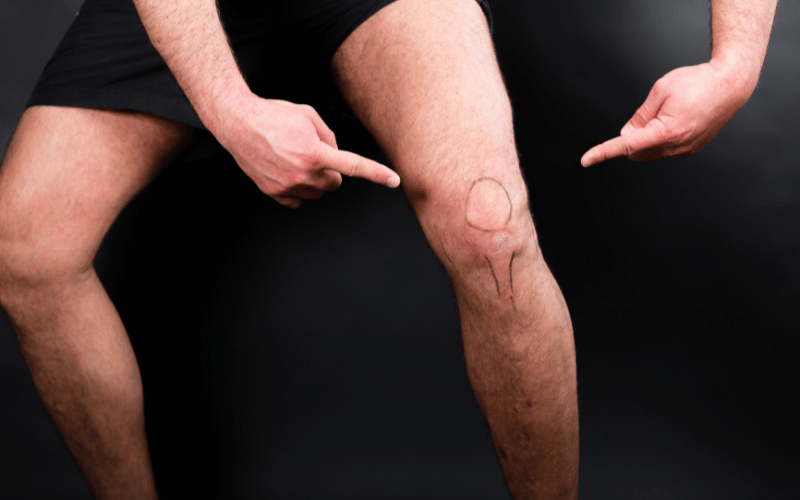Introduction: Delving Deeper into Diabetic Dermopathy
When it comes to skin conditions associated with diabetes, diabetic dermopathy stands out as one of the more prevalent issues. This skin condition, often referred to as shin spots or pigmented pretibial patches, typically manifests in the form of small, round, or oval lesions on the skin.

The shins are the most common area for these lesions to appear, and they tend to have a reddish-brown coloration. Despite their appearance, these spots usually don’t cause any pain or discomfort, although they can be a source of cosmetic concern for those affected.
In this detailed exploration, we’re going to dive into the critical aspects of diabetic dermopathy, ensuring that you have a clear understanding of what it entails, how it affects individuals, and the various ways in which it can be managed. With diabetes becoming an increasingly common condition worldwide, gaining insights into its associated skin complications is of paramount importance.
As we navigate through this topic, we will highlight 10 essential facts about diabetic dermopathy. Each of these points will provide valuable information, helping to paint a complete picture of this condition. From its causes and symptoms to management strategies and its impact on quality of life, we’ll cover all the bases to give you a thorough understanding of diabetic dermopathy.
1. Prevalence and Risk Factors of Diabetic Dermopathy

Diabetic dermopathy appears predominantly in individuals living with diabetes, manifesting as distinct skin lesions primarily on the shins. It is notably recognized as the most frequent cutaneous manifestation associated with diabetes.
The condition’s prevalence becomes more common with advancing age and the duration of diabetes. In particular, long-term diabetes patients exhibit a higher susceptibility to developing this skin complication.
The risk factors extend beyond the duration of diabetes. Individuals with a history of other diabetes-related complications, such as neuropathy or vascular issues, also show a heightened risk. It’s crucial to understand that while the condition is more common in those with diabetes, it can occasionally present in individuals without diabetes. Other risk factors include poor blood glucose control and a history of other skin complications.
In terms of gender, studies have shown a slightly higher prevalence in males compared to females. Additionally, those with type 2 diabetes tend to be more affected than those with type 1 diabetes. It’s essential to note that while the condition is not life-threatening, its presence can be an indicator of other underlying complications associated with diabetes.
The role of blood glucose management cannot be overstated. Consistent high blood glucose levels can contribute to the development of diabetic dermopathy. As such, maintaining blood glucose levels within the recommended range is a crucial preventative measure. Regular check-ups with healthcare providers, alongside proper diabetes management, play a significant role in reducing the risk of developing diabetic dermopathy. (1)